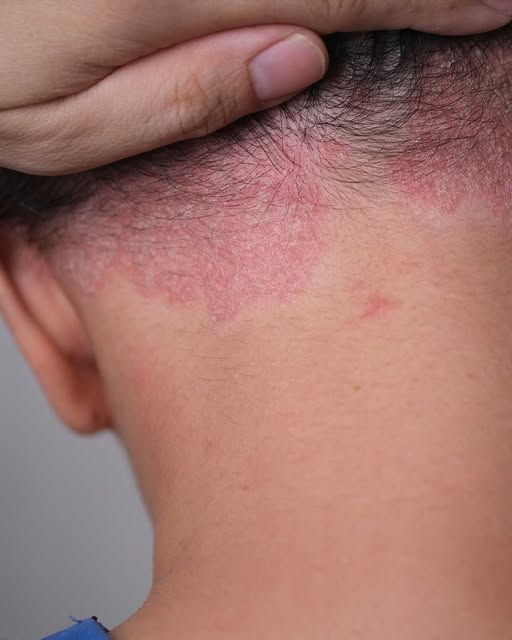
Finding a red patch on a loved one’s skin, especially a child’s, can be worrying. When my grandson showed me a red patch on his scalp, it worried our family. We wondered what it was, what caused it, and what to do.
This article explores what the red patch could be, focuses on scalp psoriasis – a common skin condition, and gives advice on how to manage it.
Understanding Scalp Psoriasis
Scalp psoriasis is a long – term skin problem. It shows as red, scaly patches on the scalp. It’s a type of psoriasis, an autoimmune disease that makes skin cells grow fast, causing scales and red patches. Although it can be upsetting, with the right treatment and care, it’s manageable. Remember, it’s not contagious, and its severity can range from mild to severe.
Common Symptoms and Signs
The main symptoms are red skin patches covered in thick, silvery – white scales. These patches can be itchy and may burn. Sometimes, it can cause temporary hair loss from too much scratching or thick scales. Other signs are a dry scalp, dandruff – like flakes, and bleeding from scratching.
Causes of Scalp Psoriasis
We don’t fully know what causes scalp psoriasis. But it’s thought to be linked to an overactive immune system that causes inflammation and fast skin cell turnover. Genetics matter a lot as it often runs in families. Environmental factors like stress, skin injuries, infections, and some medicines can also start or make it worse.
How Scalp Psoriasis Differs from Other Skin Conditions
Scalp psoriasis can be mistaken for dandruff or seborrheic dermatitis. But there are differences. Dandruff has oily, yellowish flakes, while scalp psoriasis has dry, silvery scales and red patches. Seborrheic dermatitis has redness and scaling too, but the scales are usually greasy, not dry. A dermatologist can tell for sure by looking at the affected area.